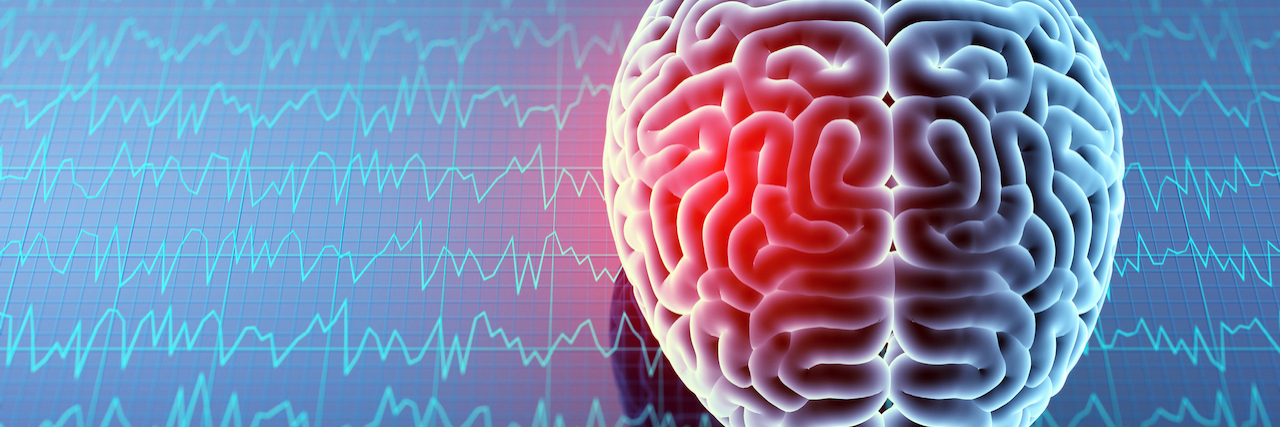A traumatic brain injury (TBI) can occur to anyone. Every year over 200,000 individuals are diagnosed with a TBI, which is simply brain dysfunction caused by an external hit or blow to the head. In the 2019 preseason and regular season of the NFL, 224 concussions were diagnosed. That does not account for the concussions and/or TBI that are underreported or self-reported at a later time.
With that said, it is still possible for some individuals with traumatic brain injury to heal, in some cases, even make a full recovery. Let’s discuss why this is so challenging.
When an individual with a TBI is recovering, they are rebuilding muscles in their brain and strength in their body. They are relearning and rediscovering everything, usually without a fully recovered prefrontal cortex and hippocampus. Specifically, that means that although someone may be healing as well as they possibly can, they may not have the skills for decision-making or to understand safety consequences. Since many individuals with brain injuries are younger, their bodies are still growing like normal.
This is relevant because those with traumatic brain injury usually have caregivers or family members, some of whom are legal conservators. It takes time for individuals with TBI to recover, but for an aging parent or a sibling, also raising small children, there are many more challenges that occur as the individual heals. When people experience something as traumatic as a brain injury, it can cause shock and confusion at first. Within time, the individual may see improvements with their own body and be motivated to do individual living skills alone.
A relatively safe individual with a TBI might go from any caregiver being able to assist them with a shower to them actively trying to stand up in the shower. One has strength but still lacks control. This may be an individual, who is safe laying on their large daybed unassisted to this individual needing constant supervision, after finding the strength to roll over and possibly roll off the bed.
An individual who gets physical therapy (PT), may start with being secluded after their traumatic accident to eventually being able to socialize and be in social settings again. In the process, they may be overstimulated by car rides and with developing strength but a lack of control, they may shatter the car window with an uncontrolled kick or punch of their arm.
Families already struggle with alienation and exclusion after a loved one experiences a traumatic brain injury. It may be a constant discussion and heartbreaking choice of whether to keep the individual at home or institutionalize the individual. A family may not have the best home setting for an individual in recovery (small hallways that limit wheelchair accessibility, steps, or stairs), or with constant caregiver turnover, a conservator may feel that without consistent support, they alone cannot take on the physical demands that come with their loved one’s healing.
With that said, we need to build a better support system for individuals and families struggling with the recovery of traumatic brain injuries. Individuals with traumatic brain injury deserve to have every single chance at a full recovery. And their primary caregiver or family should not only support their loved one, but also be an advocate to make sure their loved one has proper care, support and resources.
Getty image by Iaremenko

